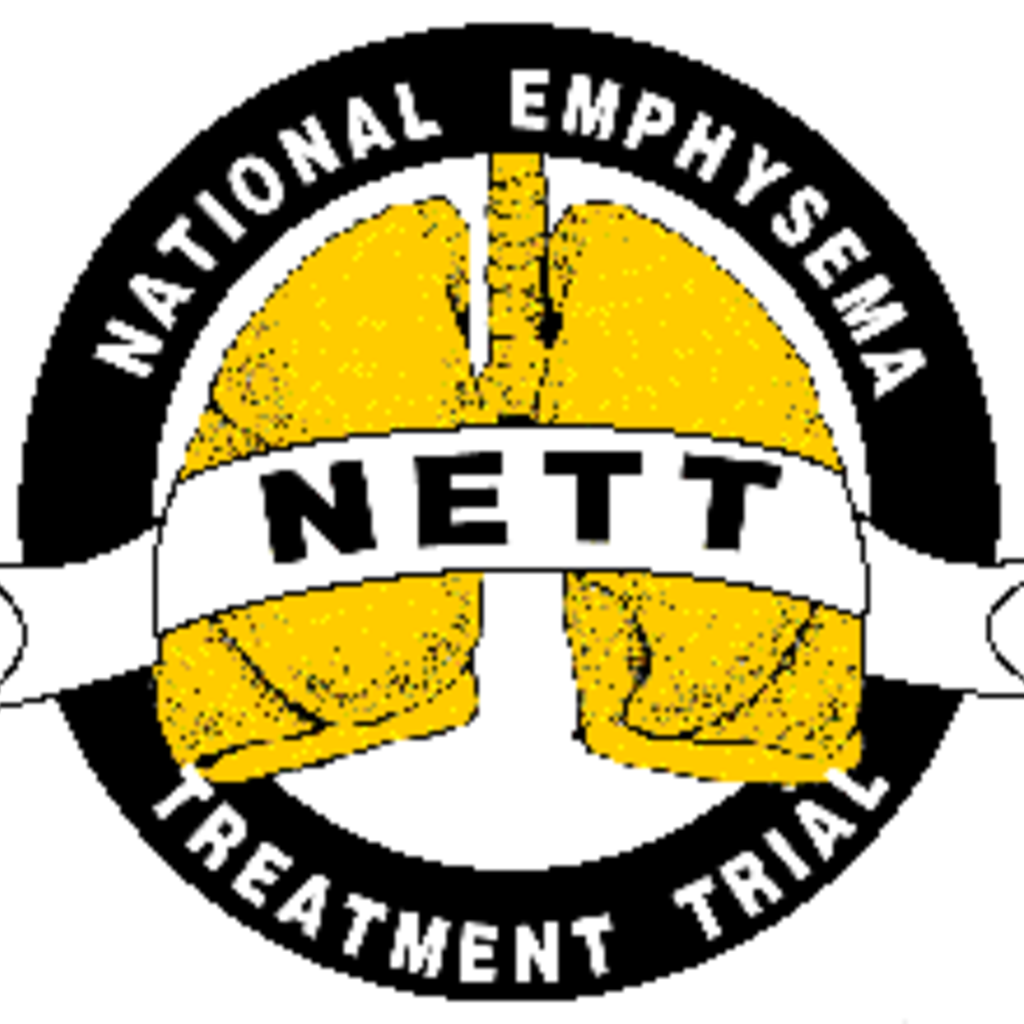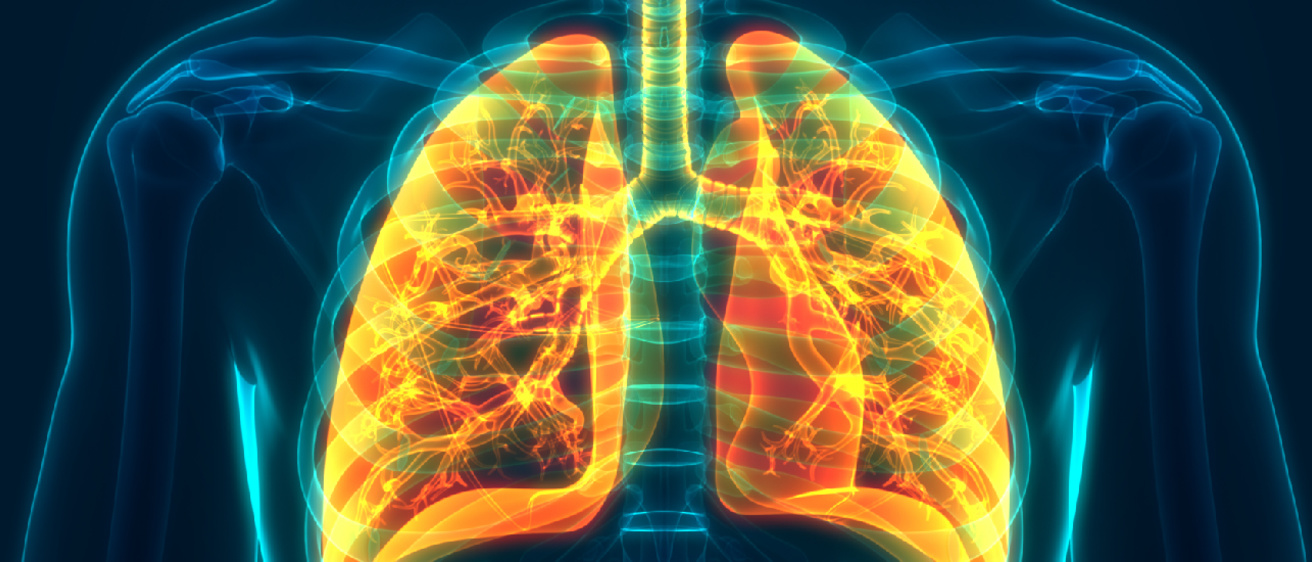
SPIROMICS
A study of chronic obstructive pulmonary disease (COPD) designed to guide future development of therapies for COPD by 1) providing robust criteria for sub-classifying COPD participants into groups most likely to benefit from a given therapy during a clinical trial, thereby improving the chances of successful outcome; and 2) identifying biomarkers/phenotypes that can be used as intermediate outcomes to reliably predict clinical benefit during therapeutic trials, thus reducing costs. The goal is to enroll 3,200 participants in four strata: severe COPD, mild/moderate COPD, smokers without COPD, and non-smoking controls. Participants undergo a baseline visit, including morphometric measures, spirometry, six-minute walk, chest CT, and a set of standardized questionnaires. Biospecimens, including plasma, serum, DNA, urine, and induced sputum, are collected and stored. There are three annual follow-up examinations, with quarterly telephone calls to assess for exacerbations, and mortality will be undertaken. SPIROMICS is designed so that sub-studies and ancillary studies testing additional hypotheses can be added.

SARP
The world's most comprehensive study of patients with severe asthma. SARP is designed to look for the underlying causes of severe asthma and improve its treatment. CT scans are performed to study the narrowing of airways and air trappings within asthmatics. "The overall aim is to enable prediction of phenotype stability / fluctuation and pharmacological response, and to identify novel, disease-modifying targets for treatment. This longitudinal mechanistic research approach will provide an integrated understanding of the fixed and variable molecular, cellular, and pathophysiologic underpinnings of severe asthma sub-phenotypes" NIH government grants
NLST
The purpose of this study is to compare two ways of detecting lung cancer:
- Standard chest x-ray
- Spiral computed tomography (CT) scanners
Both chest x-rays and spiral CT scans are used in an effort to find lung cancer early. So far, neither chest x-ray nor spiral CT scans have been shown to reduce a person's chance of dying from lung cancer. This study aims to show which test is better at reducing deaths from this disease. Lung cancer research is a high priority for the National Cancer Institute and it is supporting this study at more than 30 locations throughout the United States. This study is a vital part of the effort to reduce the toll of lung cancer.

NETT
We are the "Image Storage and Analysis Center" for the National Emphysema Treatment Trial. The CT images for the study are sent to us for analysis and storage. Any information that may identify the patient identities have been stripped from the files prior to our receiving them. Human Subjects are involved in this study, but this center is only involved in the collection of the data, and qualifies for exemption under 45CFR46, Section 101 (b) paragraph 4.

MESA
A study of endothelial dysfunction, biomarkers and lung function. The Iowa Lung Reading Center will accept CT images from the MESA CT Reading Center (REI), upload images, analyze them for measures of lung density, perform post-processing of results data, and transmit results to the MESA Coordinating Center. The included CT images will be for all pairs of CT images obtained from participants that are selected for inclusion in MESA-Lung, plus a 10% QA sample. MESA is composed of four different projects:
- Pulmonary vascular changes in early COPD
- Subclinical Interstitial Lung Disease in MESA-Lung
- Novel Quantitative Emphysema Subtypes in MESA and SPIROMICS
- Pulmonary microvascular perfusion in the Multi-Ethnic Study of Atherosclerosis
